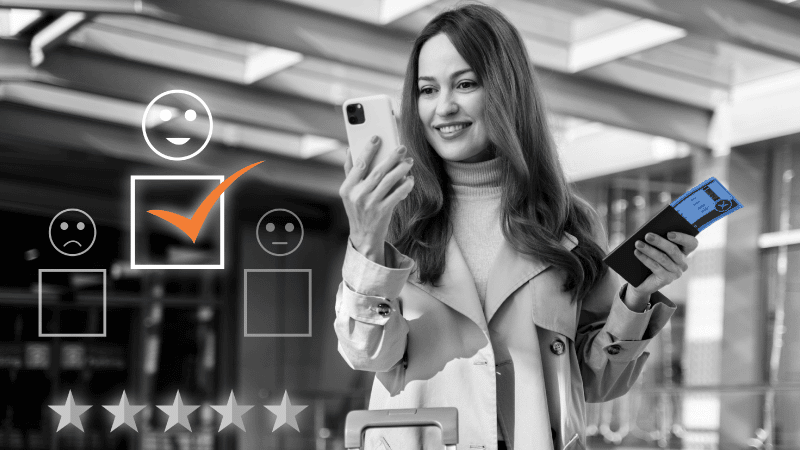The upstart Buy Now, Pay Later (BNPL) industry will have to learn some hard lessons and soon, thanks to massive growth and sudden CFPB scrutiny, but the credit, recovery, and collections industry can learn a few things from BNPL, too, argues Tim Smith, SVP of Business Development at Firstsource Solutions.
It’s not hard to understand why the BNPL services have become one the hottest trends in the credit world. Nor is it hard to understand why the BNPL market is experiencing growing pains.
BNPL services are nothing if not an attractive way for consumers to buy something when they can’t afford the full amount. For someone who encounters an emergency expense like a car repair or medical treatment, they are a much better option than a payday loan.
Of course, they’ve also proven to be a useful way for retailers to increase online sales, too. Yet BNPL servicers are also leading a growing number of consumers into financial trouble, especially young people.
BNPLs Thrive Among Young People, Inflation
In September 2021, Citizen Advice, a London-based consumer advocacy platform, reported millions of people in the U.K. have used BNPL products to split or delay payments on merchandise. Many fell into debt, and it didn’t take long before they started receiving calls from collection agencies.
According to its report, Citizen Advice found that 42% of BNPL users didn’t understand what they signed up for. And a whopping 40% of BNPL users who struggled with repayment were 25-34 years of age.
A similar trend is happening here. The Ascent, a consumer finance site affiliated with Motley Fool, reported that over 31% of BNPL users surveyed in the U.S. had a late payment or incurred a late fee. More than 47% of those consumers were aged 18 to 24. Indeed, BNPL usage grew 62% among consumers in that age group between July 2020 to March 2021.
Two common trends in the U.K. and the U.S. are a divided economy and a real threat of soaring inflation. BNPLs are thriving in this environment. In fact, according to a September 2021 report by Accenture, BNPL users grew 300% every year since 2018.
Regulators are Taking Notice of BNPL Services
Regulators are starting to pay attention. In December, the CFPB began an inquiry into BNPL providers. But one of the hurdles with regulating BNPL services is that they don’t fit easily into a particular category.
Most BNPL providers have actually been receptive to regulatory oversight, especially if it can prevent more predatory lenders from entering the space. Aside from new regulations, however, BNPL providers have an obligation to protect consumers and be fully transparent about the terms and conditions of their services.
It’s difficult to pinpoint a correlation between overall credit and BNPL debt, due to a lack of transparency in credit reporting from BNPLs. But as the rate at which creditors attempt to recoup their money accelerates, more young people may find themselves in desperate circumstances.
Concerns Around Consumer Focus by BNPL Servicers
The fact that many consumers are not aware that BNPL services are a form of credit is concerning. However, it’s important to point out that even most credit card users don’t fully understand the additional charges they can be subjected to.
There is a great deal of nuance and strengths and weaknesses in all credit products, from BNPL services to personal loans and credit cards. What works best for any individual consumer will depend significantly on their individual circumstances.
Innovations like BNPL services and other alternatives to high-cost credit should be welcomed — so long as they put the consumer first and come with the proper guardrails. It would be a good idea for all credit providers, for example, to use technology to verify a consumer’s other debts to ensure they can afford repayment, and stopping the transaction if a consumer has a history of late payments. This can be easily done.
Empathy at the Forefront of Finance and Digital Banking
In one sense, BNPL services are the result of federal and financial institutions’ response to the pandemic, one which has reflected a degree of consumer centricity that I’ve never seen before. BNPL providers are also bringing simplicity, speed, and convenience to underbanked or unbanked consumers.
I’m also encouraged by what I see from the BNPL sector in terms of taking into consideration the customer experience beyond the point of purchase. But really, it’s the duty of the entire credit industry to do so.
These are uniquely good economic times, as both the creditors and consumers appear to be thriving by so many of the usual metrics. There are no precedents to shape what happens from here. However, creating a more consumer-centric credit industry, from eligibility processing through to the collections experience, can only be a positive.
I am all for empathy in finance and champion it in the collections space. Whether 2022 is going to be the year of inflation or simply the year of the debt collector will depend largely on whether BNPL providers—and all providers of credit, for that matter—make empathy and the customer experience the focus of their operations. The potential of future innovations in the credit industry may depend on it.
Tim Smith is the SVP of Business Development. He is an experienced Executive in the Accounts Receivable Management and Business Process Outsourcing space with over 25 years of broad based experience crossing Business Development, Client Management, and Operational Strategy.
This article was written by Tim Smith, VP of Business Development at Firstsource and was originally published on Collections & Recovery.










